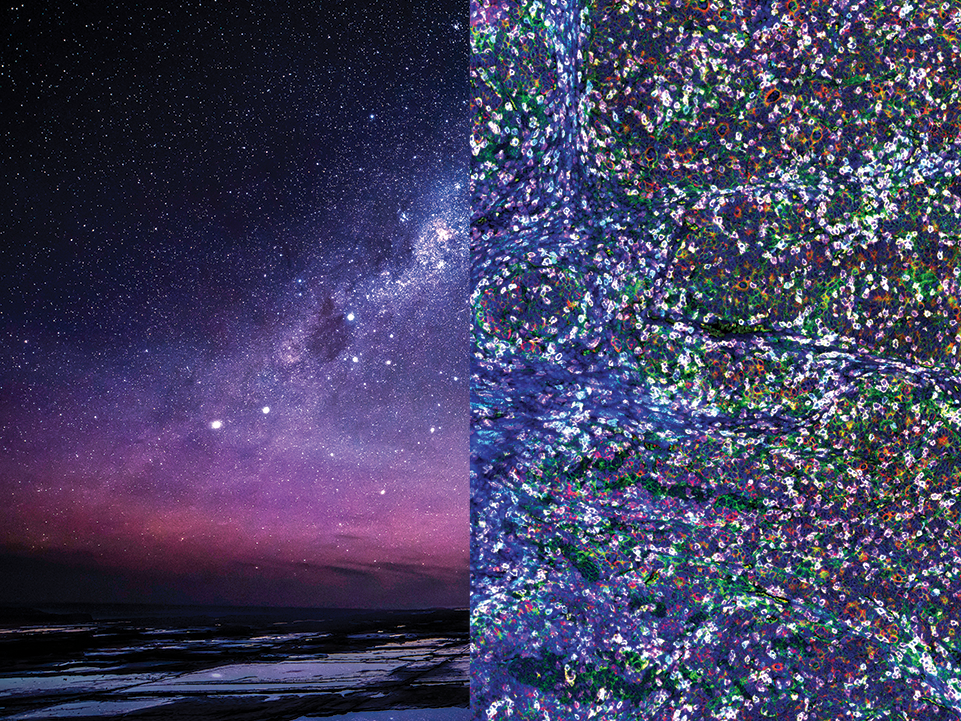SignalStar® Multiplex IHC Resource Center

SignalStar Multiplex IHC: An Introduction
SignalStar Multiplex Immunohistochemistry (mIHC) is a methodology for studying FFPE tissue samples. It uses antibodies, oligonucleotides, and fluorophores to identify which cells are present, where they are located, and what functions they perform.
SignalStar technology enables the detection of multiple phenotypic and functional markers while preserving spatial context and tissue architecture. These insights are critical for understanding how cells organize and interact to influence the tissue microenvironment that ultimately drives disease progression and response to therapy.
The resources we've put together below can provide support for integrating SignalStar technology into your spatial biology research.
SignalStar Multiplex IHC Overview
Antibody Panel Design with SignalStar Multiplex IHC.
Considerations When Designing Your Own Multiplex IHC Panel
SignalStar Multiplex IHC Panel Design Recommendations
Assay Troubleshooting and Technical Support
SignalStar Multiplex IHC Protocols
SignalStar Multiplex IHC Troubleshooting Guide
SignalStar Assay Image Coregistration with QuPath
Additional Resources
SignalStar Multiplex IHC Brochure
SignalStar Multiplex IHC Blogs
SignalStar Multiplex IHC eBooks, App Notes
SignalStar Multiplex IHC Publications & Posters
SignalStar Multiplex IHC Videos & Webinars
Cell Signaling Technology, CST, and SignalStar are trademarks of Cell Signaling Technology, Inc. Cy is a registered trademark of GE Healthcare. All other trademarks are the property of their respective owners. Visit /trademarks for more information.
U.S. Patent No. 10,781,477, foreign equivalents, and child patents deriving therefrom.
